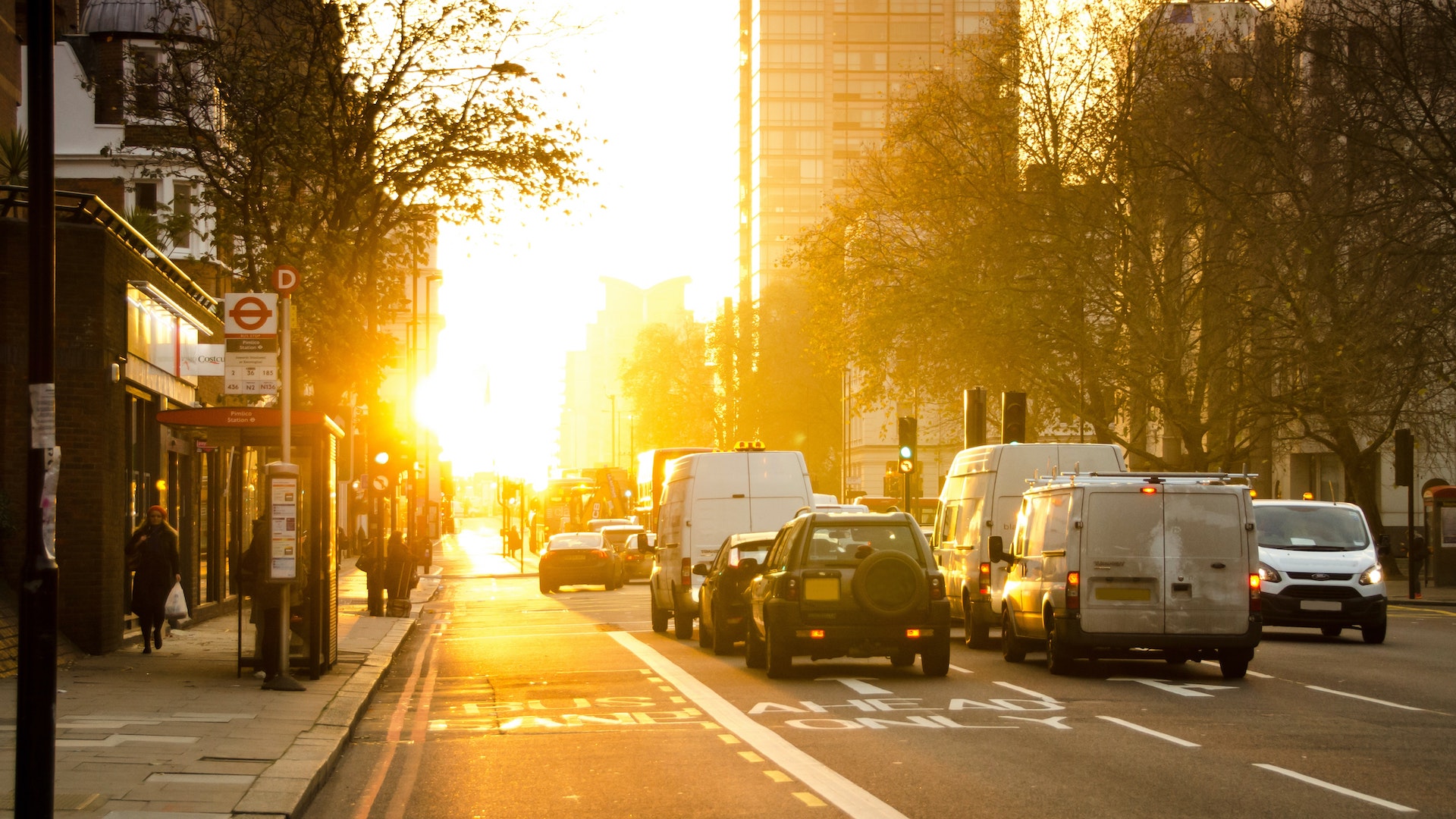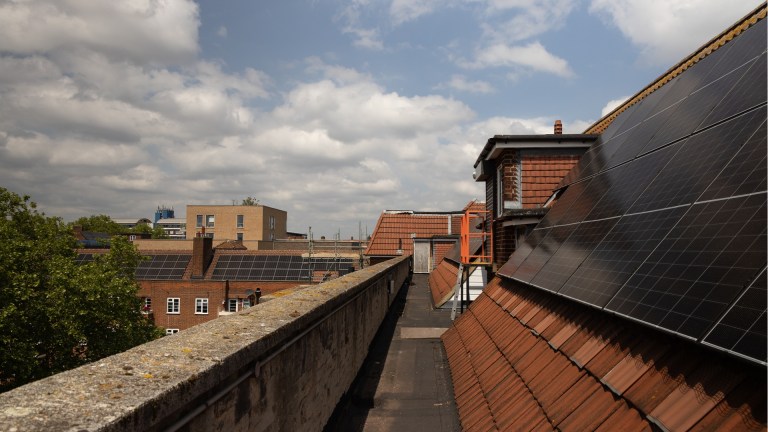Ella Adoo-Kissi-Debrah, a nine-year-old in Lewisham, became the first person to have air pollution listed as a cause of death after she died in 2013.
According to government guidelines, clean air zones – or low emission zones as they’re known in the capital – are separated into bands which dictate the vehicles which do and don’t have to pay to enter the area.
Different classes apply in different circumstances but this is a general guide to how vehicles will be charged in a clean air zone according to Westminster’s framework:
- Class A: Buses, coaches, taxis and private hire vehicles
- Class B: Buses, coaches, taxis, private hire vehicles and heavy goods vehicles
- Class C: Buses, coaches, taxis, private hire vehicles, heavy goods vehicles, vans and minibuses
- Class D: Buses, coaches, taxis, private hire vehicles, heavy goods vehicles, vans, minibuses, cars. Motorcycles can also be included in class D at a local authority’s discretion
Will I be charged for my car in clean air zones?
You should check your car’s minimum emission standard – which describes how heavily polluting the car is – to find out if you will have to pay to drive through a clean air zone. This information will be in your vehicle logbook or available from your car’s manufacturer.
The different bands for vehicles’ emissions are called Euro 1 to 6, based on European regulations and the year the standards were registered. Euro 1 came into effect in 1992 with the introduction of compulsory catalytic converters, and Euro 6 is the most recent standard, in 2015.
According to the minimum standards for private cars to enter a clean air zone without charge, drivers of diesel vehicles classed as Euro 6 and petrol vehicles classed as Euro 4 will not have to pay. This is most likely to affect diesel vehicles built before 2015 and petrol cars built before 2006 but you can check how your car measures against central government advice here.
Advertising helps fund Big Issue’s mission to end poverty
The minimum requirements can vary for private hire cars and taxis, so check your local authority’s guidelines.
Standards for driving in London can differ too. You can find out if your vehicle meets the minimum standards or must be paid for here.
Where in the UK has a clean air zone?
Birmingham’s clean air zone includes all roads within the A450 Middleway ring road around the city centre, but does not include the Middleway itself.
Bath’s clean air zone, the first of its kind outside London, encompasses the area from Royal Victoria Park across to King Edward’s School.
Bath’s clean air zone is class C while Birmingham’s is class D (without charging motorcycles).
London’s ultra low emission zone (ULEZ) covers the same area as the congestion charge (CC), but unlike the CC the ULEZ is applied 24/7 every day apart from Christmas. It covers the area north to St Pancras, east to Shoreditch, south to Vauxhall and west to Mayfair but is expected to expand to cover most of the city in October.
Advertising helps fund Big Issue’s mission to end poverty
The low emission zone (LEZ), on the other hand, covers most of Greater London, but only applies to older, more polluting vehicles such as buses and lorries.
More clean air zones are expected to be introduced in the coming months, including in Bradford, Leicester, Manchester, Newcastle and and Portsmouth.
How much do I have to pay in clean air zones?
In Birmingham’s new clean air zone, the council has established a two-week grace period during which no vehicles will be charged.
Once the charges do come into force on June 14, drivers of cars, taxis and vans will be charged £8 per day while larger vehicles such as buses and heavy goods lorries will be charged £50 per day.
Bath drivers are charged £9 for taxis, private hire cars and vans or £100 for buses and lorries.
How can I pay a clean air zone charge?
Drivers in Bath and Birmingham can pay charges – one for each day driven in the zone – online here, up to six days before travelling, on the day of travel itself or up to six days after.
Advertising helps fund Big Issue’s mission to end poverty
Polluting cars entering London’s ULEZ are required to pay £12.50 per day, on top of the £11.50 congestion charge. Payments can be made here.
Registration plate recognition cameras are used in most clean air zones, but the responsibility for paying still rests on drivers. Neglecting to pay could result in a fine.
There are low emission zones in Glasgow, Oxford, Brighton and Norwich, but those currently only apply to buses.










